How Thailand’s Maya Bay is balancing tourism with sustainability: Phi Phi Islands’ tropical paradise, made famous by Leonardo DiCaprio’s The Beach, has reduced visitors – and sea life is bouncing back
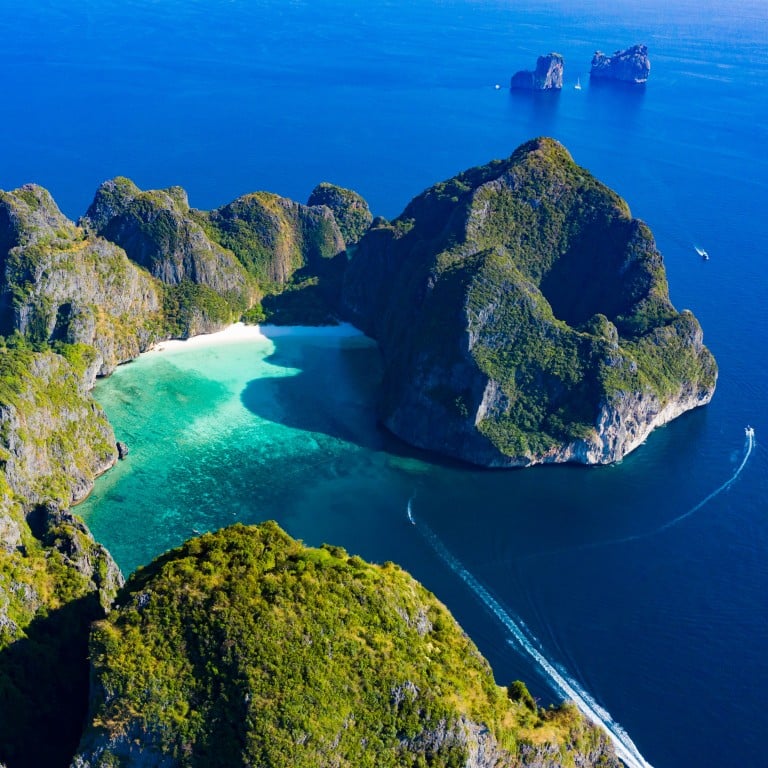

This has now become a common pattern for visitors coming to Phi Phi islands’ famous scenic spot on the Andaman Sea coast.
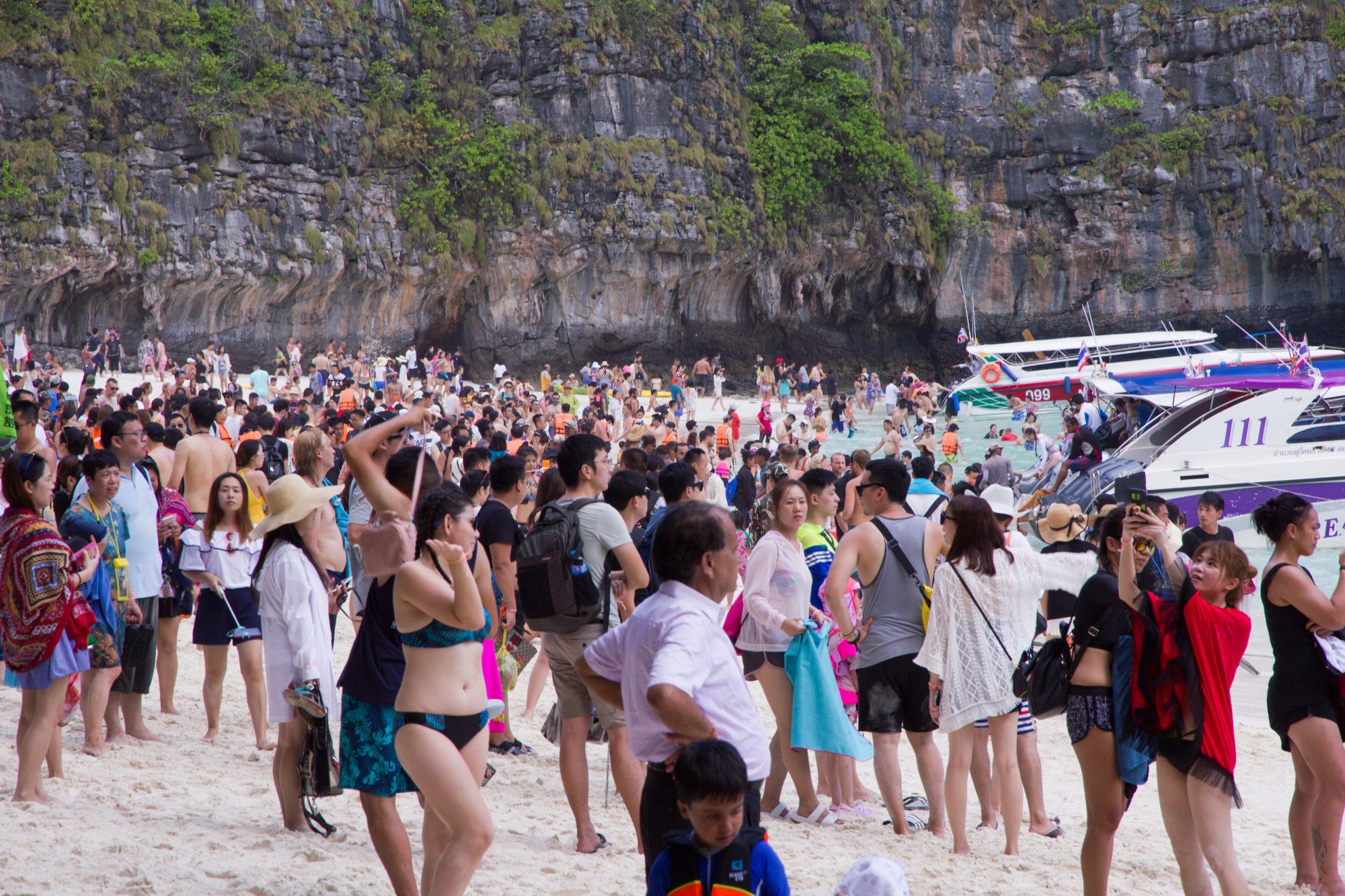
It’s hard to imagine that just five years ago, the beach was inundated with thousands of speedboats and tourists daily, leaving in their wake a trail of devastation on the coral reef and marine ecosystem, compelling authorities to make the difficult decision to close Maya Bay in mid-2018.
Inside Jeff Bezos’ shiny new US$500 million Koru megayacht and Abeona vessel
Then, the unexpected arrival of the Covid-19 pandemic also provided this place with a breather and allowed for the restoration of its marine environment.
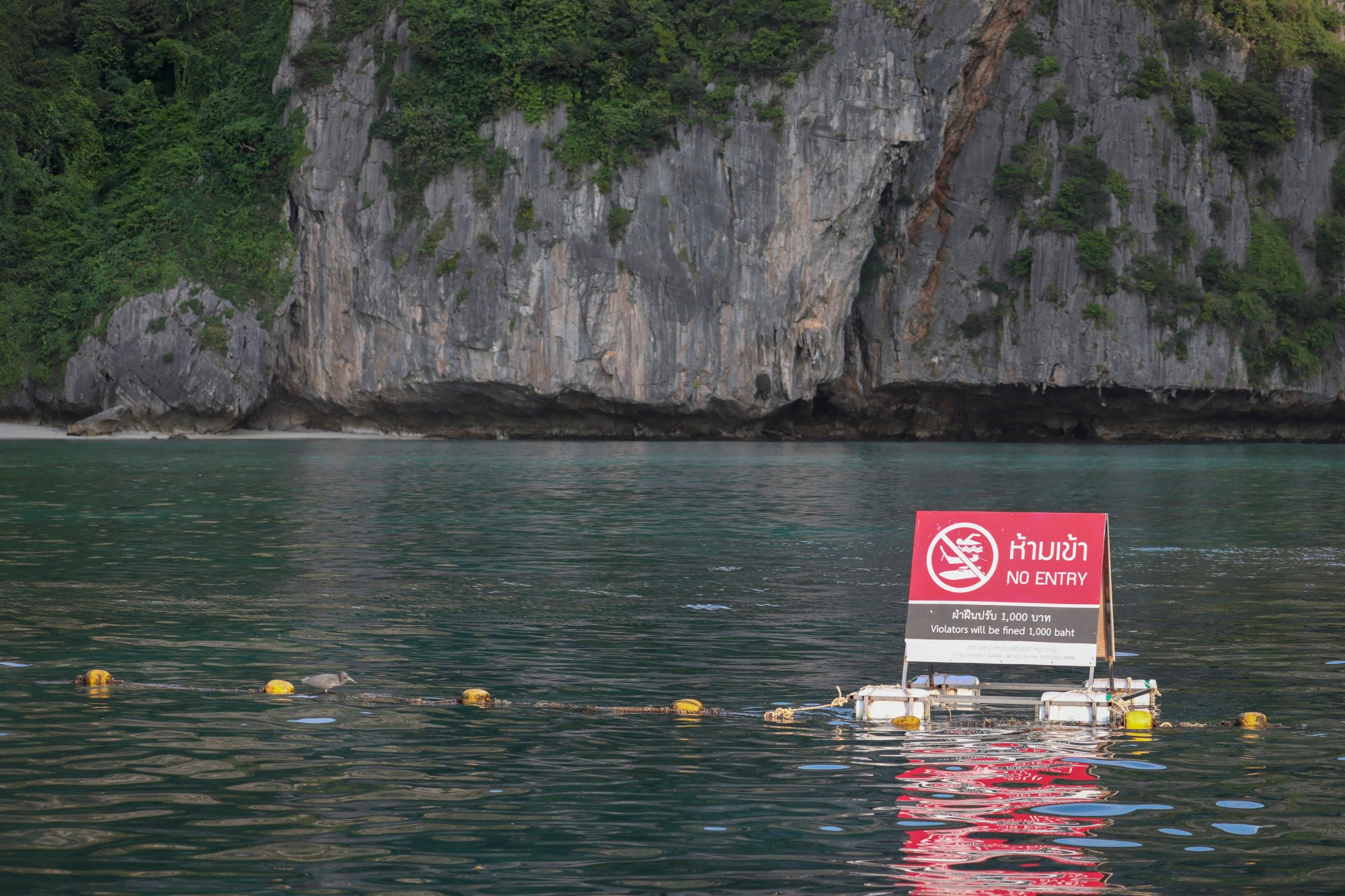
“It is one of the most successful marine actions in many years not only for Thailand but for the whole world,” Thon Thamrongnawasawat, deputy dean of the faculty of fisheries at Kasetsart University, said in a phone interview.
According to the marine biologist, under official management, the number of people entering Maya Bay beach has been reduced from around 7,000 per round to just 375, with strict limitations on their activities and length of stay on the island.

Tourists are only permitted into shallow waters and stand in a spot where the sea level is below their knees. Thon specifically emphasised this detail as a means of avoiding any disturbance to the coral’s delicate ecosystem.
This regulated form of tourism has resulted in the rapid restoration of the marine environment in Maya Bay. Thon mentioned that he had observed over 100 black-tip reef sharks swimming in the shallow waters of the bay.
4 luxury hospitality giants offering extravagant new ‘yacht’ cruises
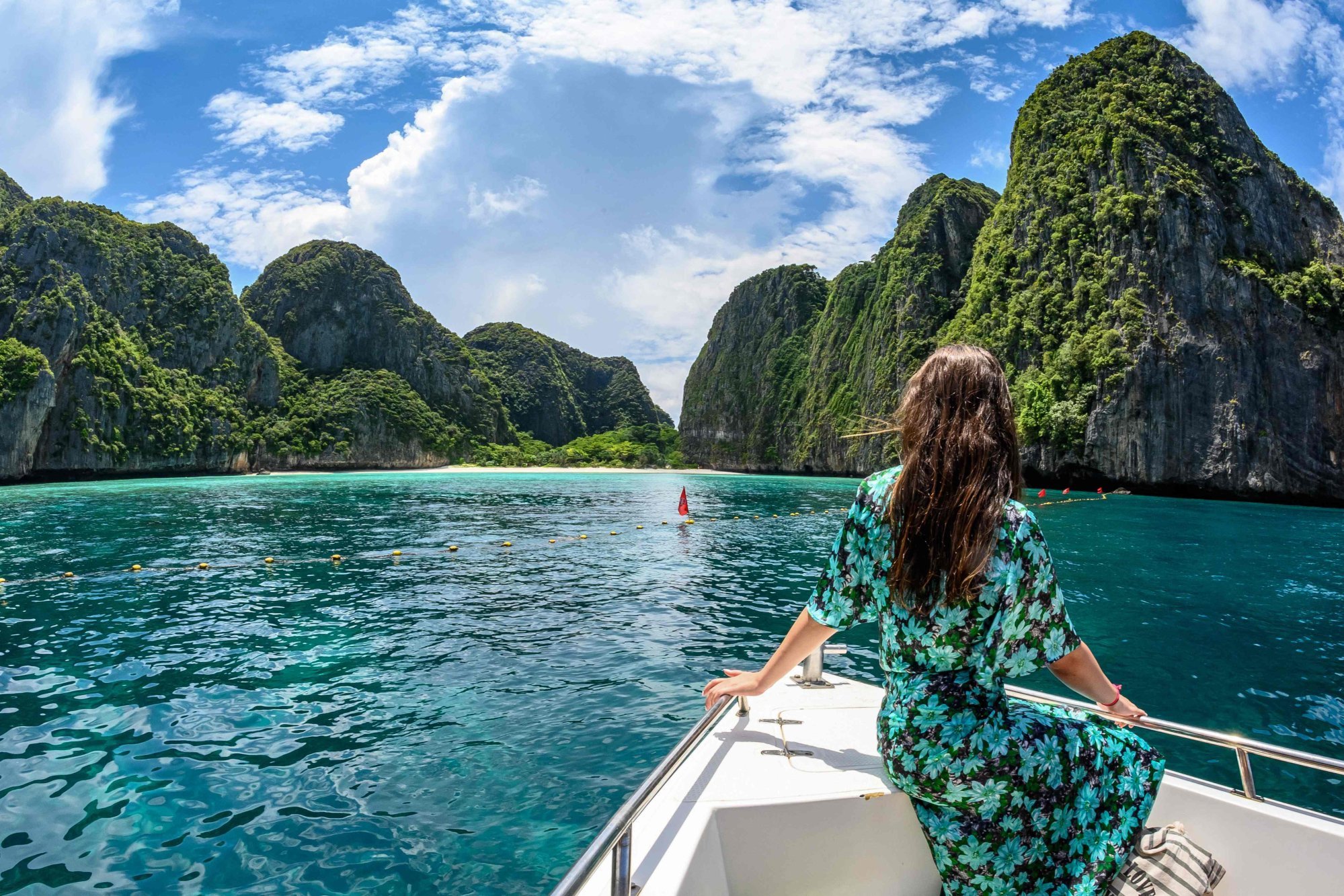
Established in 2018, this centre is located within a luxury resort on Phi Phi Don island, serving as a comprehensive institution for education and marine life cultivation.
According to Kullawit Limchularat, sustainability development senior specialist at Singha Estate, the developer of the resort, the centre operates multiple projects such as breeding clownfish and bamboo sharks, in collaboration with government agencies and national parks.
As of now, around 50 clownfish and 25 bamboo sharks have been released back into their natural habitats, including the four sharks that were recently returned to the sea, Kullawit said.
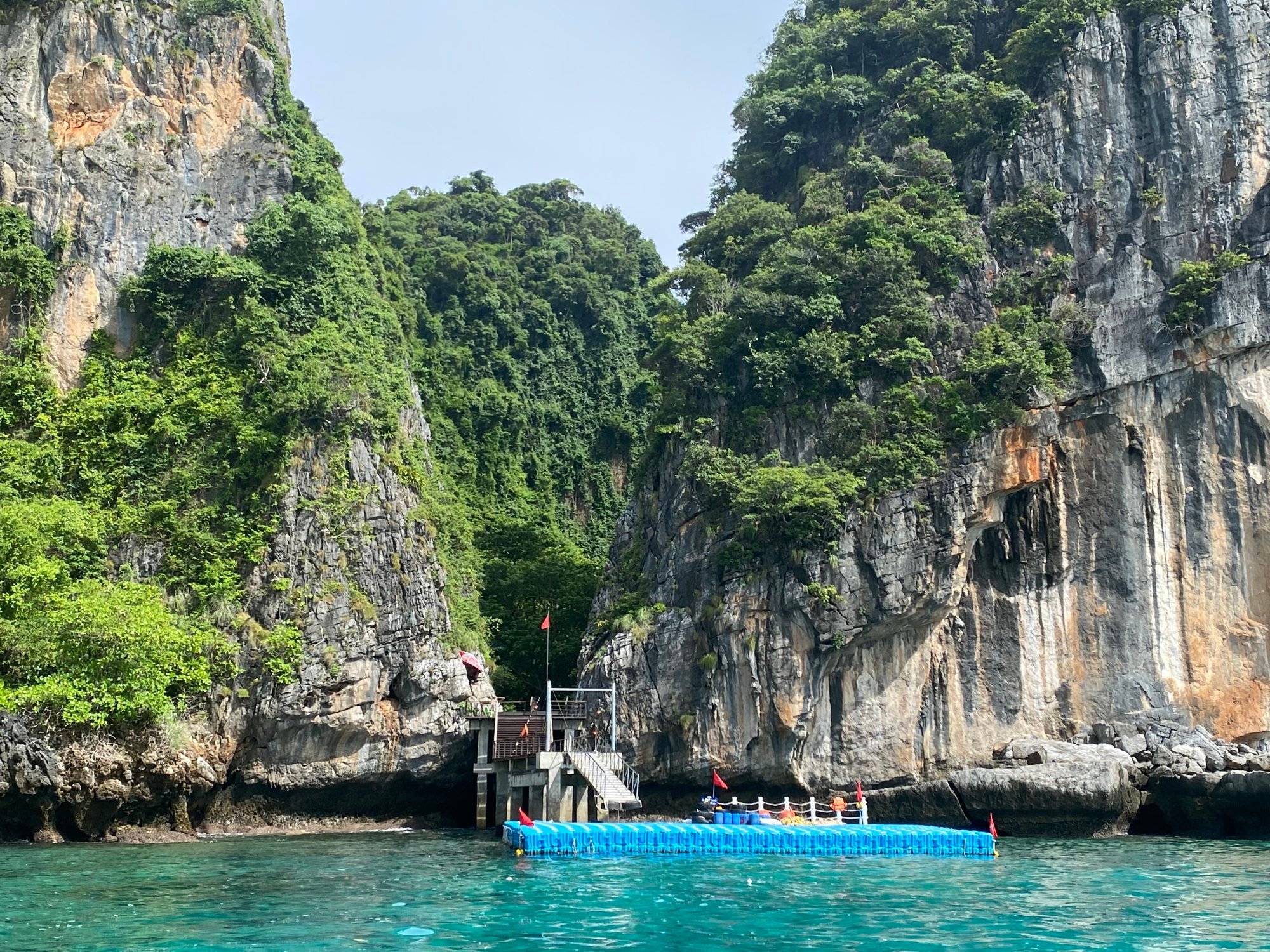
In addition, the centre is open to the local community and schools, organising activities for visitors to participate in beach cleanups and mangrove replanting.
5 new luxury hotels in Asia to look out for in 2023, from Bhutan to Tokyo
Since its opening, the centre has seen close to 17,000 visitors and has effectively raised awareness among many people, Kullawit said.
As tourism begins to pick up in the Phi Phi islands after the pandemic-induced lull, hotel operators are expecting an influx of tourists later this year.
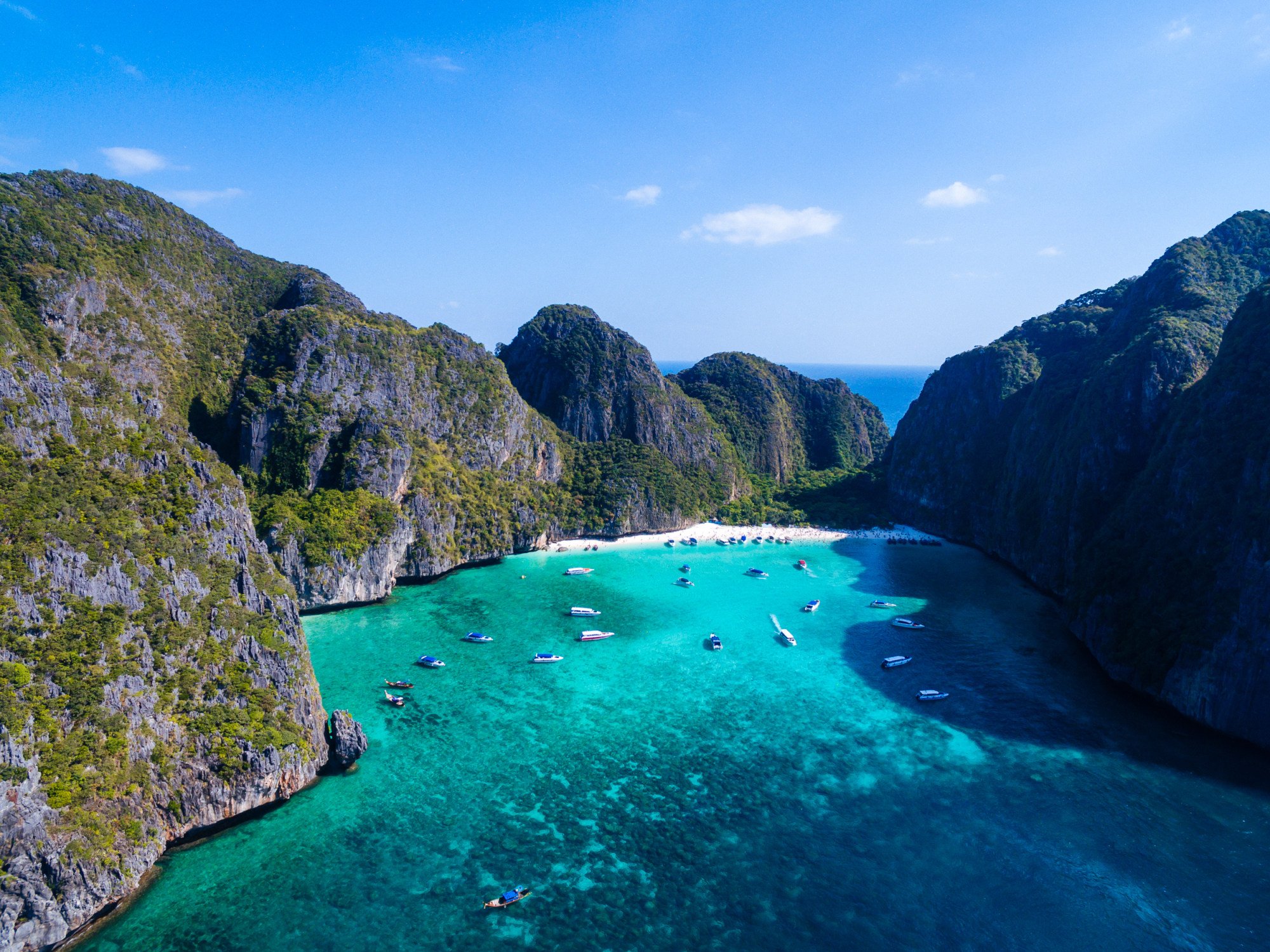
Saii Resorts cluster general manager Bart Callens has expressed support for the authorities’ efforts to manage visitors in sensitive areas like Maya Bay. He believes that government and local businesses can work together to make the environment better for everyone.
Thon is also optimistic about the current situation. He said that the most challenging part of building a system to balance tourism and ecology is behind them and that the focus now should be on ensuring that the system works effectively in the long term.

- Made famous by Y2K movie The Beach starring Leonardo DiCaprio, Thailand’s Maya Bay once saw thousands of visitors per day – with devastating effects on the local coral reef and marine ecosystem
- The beach closed in 2018 and then Covid-19 hit, allowing the environment to recover – the Marine Discovery Center nestled within a luxury resort in the area is educating visitors about the area too